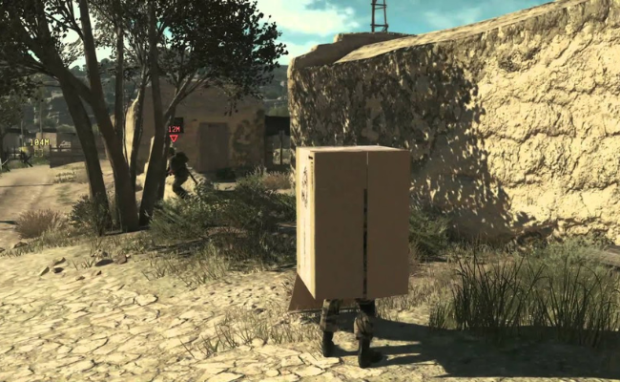DARPA Robot Fooled By Marines Hiding In Boxes
The Pentagon’s cutting-edge DARPA robots can identify human targets. Yet, the Marines bamboozled it by hiding in boxes and pretending to be trees.
The soldiers used these methods to test the robot’s capabilities. Afterward, former Pentagon policy analyst and Army veteran Paul Scharre acknowledged its limitations.
“The AI had been trained to detect humans walking,” Scharre said. “So these simple tricks… were sufficient to break the algorithm.”
How did US Marines test the DARPA robot?

Photo Credit: www.eurogamer.net
Militaries worldwide always want to adapt to the latest technologies. As artificial intelligence gains popularity, it is no surprise that the US wanted to test its potential.
Consequently, the Defense Advanced Research Projects Agency or DARPA wanted to use AI to detect human movement.
It could help the US military create drones and robots that automatically identify and engage targets.
However, initial testing revealed silly problems with the program. Artificial intelligence works because humans “train” it with large amounts of data.
For example, ChatGPT can write essays automatically because it has trained on OpenAI’s massive text database.
However, AI programs tend to limit themselves to a specific type of data. Specifically, the recent DARPA robot only recognizes human-like shapes and movements.
Eight Marines placed the machine in the middle of a traffic circle. They thought of creative ways to approach and touch the robot without being detected.
Two Marines performed somersaults for 300 meters. Then, two more hid inside a cardboard box, giggling as they approached the DARPA robot.
Another took branches and pretended to be a tree. After the test, the machine failed to detect any of the soldiers.
Paul Scharre wrote about the test in his upcoming book, “Four Battlegrounds: Power in the Age of Artificial Intelligence.”
He wrote about how the DARPA robot’s AI only focuses on humans walking. It does not account for people doing somersaults, hiding in cardboard boxes, and disguising themselves as trees.
According to Insider, these robots have long faced challenges, such as poor balance and unintended killings due to unpredictable AI behavior.
Related Articles
Conclusion
At the time of writing, the US Department of Defense and DARPA have not commented on the trending robot test.
Despite the DARPA robot’s goofy flaws, it may soon improve and exceed expectations. In 2000, Asimo blew peoples’ minds despite only walking slowly.
Nowadays, we have robots from Boston Dynamics that can run, jump, and backflip. Follow Inquirer Tech to keep up with the latest digital trends.